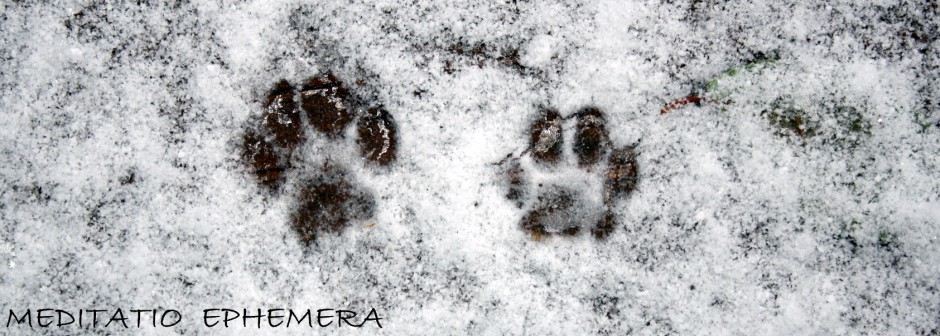I’ve been reflecting lately on the power of our subconscious minds, which profoundly shape our experience in invisible and uncontrollable ways.
The proximate prompt for this reflection was an online ScienceDaily article — headlined “How viewing cute animals can help rekindle marital spark” – which stated that photos of puppies and bunnies can help keep marital passion alive. This suggested the existence of puppy/bunny porn, which made me think there might actually be a kind of porn I find appealing.
As it turns out, this general-audience summary of research published in the journal Psychological Science was misleading: While researchers found that exposure to photos of puppies and bunnies interspersed with photos of a spouse increased positive feelings toward the spouse, they did not study sexual relations. Rather, the Florida State University team was focused on overall marital satisfaction.
“One ultimate source of our feelings about our relationships can be reduced to how we associate our partners with positive affect, and those associations can come from our partners but also from unrelated things, like puppies and bunnies,” explained lead researcher James K. McNulty.
Each spouse was asked to individually view a brief stream of images every few days over a six-week period. Those in the experimental group always saw the partner’s face paired with positive stimuli (a puppy or bunny photo, or a word such as “wonderful”) while those in the control group saw their partner’s face matched to neutral stimuli (an image of a button, for instance).
Researchers found that subjects exposed to positive images paired with their partner’s face expressed more favorable automatic reactions to their mate over the course of the study than those who saw neutral pairings (though those in the latter group did a lot more sewing). In essence, they had been puppy- and bunny-conditioned to feel more loving toward each other — independent of actual behavior — and thus to feel more satisfied in their union.
Generally speaking, this is nothing new, and not much different from the classical conditioning Pavlov demonstrated with dogs more than a century ago. What’s striking is how much we humans are like those dogs. While our brains are capable of singularly impressive logic, rationality and reasoning, they also continue to operate powerfully behind the scenes, shaping our responses to each other and to our surroundings with an invisible, involuntary eloquence.
The scent of a certain perfume makes you suddenly sad; the sound of rain on a tin roof, happy. Something in a stranger’s gait, a slight roll or particular cadence, seems familiar; a spider scuttles across the floor, and suddenly: terror.
Sometimes, the association rises like a phantom into consciousness: The scent of someone who once loved you. The rain drumming the little camper in which your family vacationed when you were a child. A movement that reminds you of your best friend walking toward you. The spider who recalls another, or many, from a long-ago time. Too close; too alien.
Sometimes, we make the connection; sometimes, we can’t: The association remains shrouded in some foggy synaptic recess. And sometimes – as in the puppy/bunny experiment – we aren’t even aware that connections have been made. And yet they have.
Which can be a good thing. Because at this very moment, we — you and I — might bring strongly to mind a person with whom we struggle — someone who has hurt or angered us or in some other manner frustrated the yearning we all feel to be loving.
And then, hold the following images simultaneously, inclining our amazing brains toward the work of heart and spirit: Forgiveness. Good will. Despite all the harm we do each other.
Repeat as necessary.



Does this mean that if my husband intermittently sees an ACTUAL cute puppy (Sophie), and me, that he might love me more and forget that I’ve “brought chaos into the house” by adopting her? 🙂
LikeLike
It means precisely that. Just keep running between Warren and Sophie, inserting your face between his and hers. Ask him to do the same for you. 🙂
LikeLike
What a beautiful and true reflection, Cate. How spot-on and well-stated this is: “While our brains are capable of singularly impressive logic, rationality and reasoning, they also continue to operate powerfully behind the scenes, shaping our responses to each other and to our surroundings with an invisible, involuntary eloquence.” And the examples you give are specific yet different enough most of us will identify with something. The smell of old hymnals. Safe. The sight of a dental drill. Pain. A cemetery. Peace. And then your last paragraph … hallelujah!
LikeLike
Thank you for your appreciation, my friend.
LikeLike